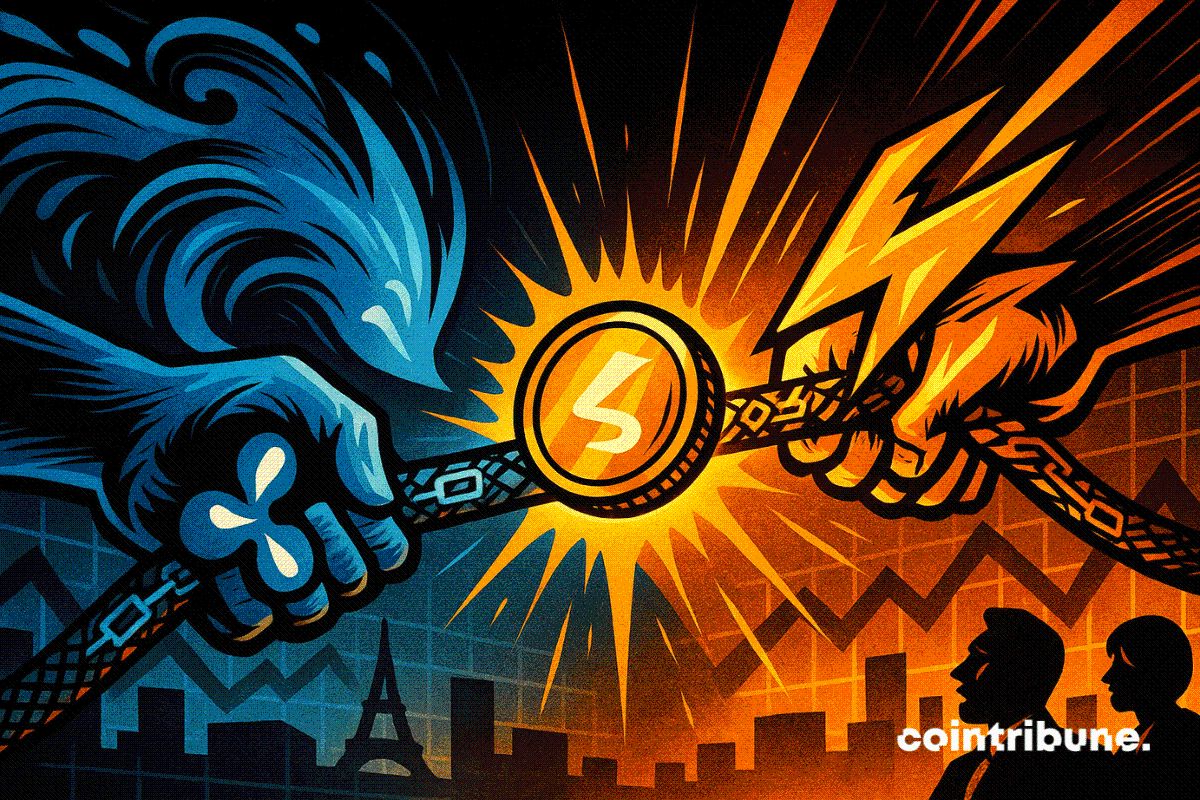TWT's Updated Tokenomics Structure: Driving DeFi Rewards and Enhancing Value for Token Holders
- Trust Wallet Token (TWT) is developing a 2025 tokenomics model featuring deflationary mechanisms, enhanced staking yields, and multi-layered governance. - The Trust Premium program links TWT staking to exclusive benefits like reduced fees and airdrops, mirroring Uniswap's fee-burn strategy to boost scarcity and value. - Governance reforms aim to incentivize active participation through staking-linked voting rights on liquidity pools and cross-chain integrations. - Expanded utility for TWT includes transa
Deflationary Forces and Staking Incentives
One of the most notable trends in current DeFi tokenomics is the adoption of deflationary features to limit supply growth and enhance token worth.
TWT seems to be moving in a comparable direction.

Governance Transformed: From Passive to Engaged Users
Governance tokens have often faced criticism for low participation and potential centralization. Projects like PIEVERSE are tackling this by weaving governance into everyday user activities.
TWT’s future tokenomics could adopt a similar path. By linking governance privileges to staking, TWT may foster greater involvement and align rewards with the ecosystem’s long-term interests. For instance, those who stake could propose or vote on matters like liquidity pool management, fee policies, or cross-chain collaborations. Such a system would not only broaden participation but also create a cycle where active governance has a direct effect on token performance.
Broadening Token Use: More Than Just Governance
Expanding token functionality is vital for lasting DeFi success.
TWT’s 2025 framework could similarly extend its use cases.
Investor Considerations: Weighing Potential and Uncertainty
For those investing in TWT, the prospective tokenomics model offers both promise and risk. On the positive side, deflationary policies and broader utility could boost token prices, especially if user adoption matches the 275,000+ wallets registered with the
Monitoring TWT’s circulating supply and burn frequency will be crucial. If the Trust Premium program adopts a model like Uniswap’s fee switch, a steady decrease in supply could drive prices higher. On the other hand, if burn rates are low or staking returns lag behind competitors, investor interest may decline.
Summary
Although TWT’s 2025 tokenomics are not yet confirmed, trends in DeFi offer clues to its possible direction. By embracing deflationary strategies, encouraging active governance, and expanding utility, TWT could emerge as a frontrunner in the next wave of DeFi progress. For investors, the key will be to balance optimism with vigilance—tracking indicators like burn rates, staking returns, and cross-chain developments to assess the model’s effectiveness.
As DeFi continues to mature, projects that synchronize tokenomics with user interests are likely to succeed. TWT’s potential to influence these trends makes it a noteworthy project to follow in 2025.
Disclaimer: The content of this article solely reflects the author's opinion and does not represent the platform in any capacity. This article is not intended to serve as a reference for making investment decisions.
You may also like
Tokenized Gold Market Climbs to $3.9B While Stablecoin Supply Surges

Solana and XRP Battle for the Next Major Spot in the Crypto Market Shake-Up

Dogecoin (DOGE) To Make Rebound? Key Emerging Harmonic Pattern Suggest So!

BlackRock XRP ETF Speculation Grows as Canary XRPC ETF Breaks Records